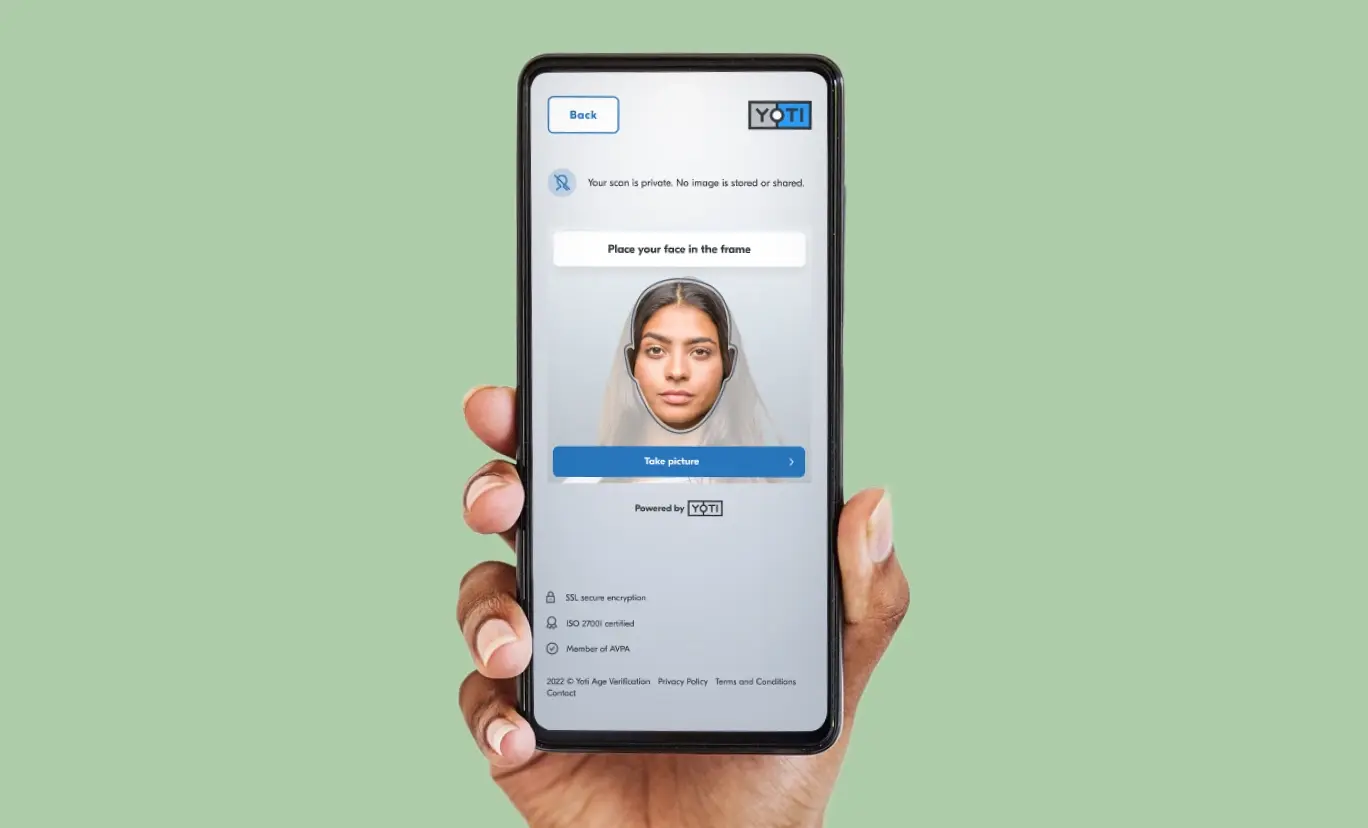
An increasing amount of legislation is being introduced globally demanding that organisations effectively check the age of their users. It’s important that these age checks are inclusive; people should have a choice in how they prove their age. Regulators are recognising that not everyone will feel comfortable or be able to use a method based on identity documents.
Facial age estimation gives people a way to prove their age without sharing their name, date of birth and other personal information from identity documents. It can improve online safety and help companies to comply with legislation, without having to process or store information about an individual.
Some of the largest online brands, including Facebook, Instagram, Epic Games and OnlyFans, already trust Yoti’s privacy-preserving solution. Yoti has published our own evaluation of our accuracy across age, gender and skin tone since 2019. However, many regulators, businesses and the wider public have wanted independent confirmation of the performance of facial age estimation to ensure further trust and adoption at scale.
NIST previews independent test results
In September 2023, we submitted our facial age estimation model to the US National Institute of Standards and Technology (NIST), as part of a public testing process. This is the first time since 2014 that NIST has evaluated facial age estimation algorithms. NIST has unrivalled capacity and expertise to test these models at scale, given their resources, experience and access to millions of statistically significant testing data.
At the Global Age Assurance Summit in Manchester, NIST previewed the results of their Face Analysis Technology Evaluation (FATE) program. The test results of NIST FATE are likely to become the trusted standard globally for facial age estimation models.
While we wait for the full report to be published in the next couple of months, here are some of the initial observations shared by NIST:
- Facial age estimation can be an effective way to check age and age ranges, such as over 18, with an appropriate threshold. This threshold can be set by regulators or businesses to reflect different use cases, risk and levels of assurance.
- With the appropriate age thresholds in place NIST stated that facial age estimation can be as effective as checking a date of birth from an identity document.
- There is recognition at the event that the accuracy of facial age estimation models will continue to improve with larger and more diverse datasets.
We welcome these initial results and are looking forward to reading the full report soon.
